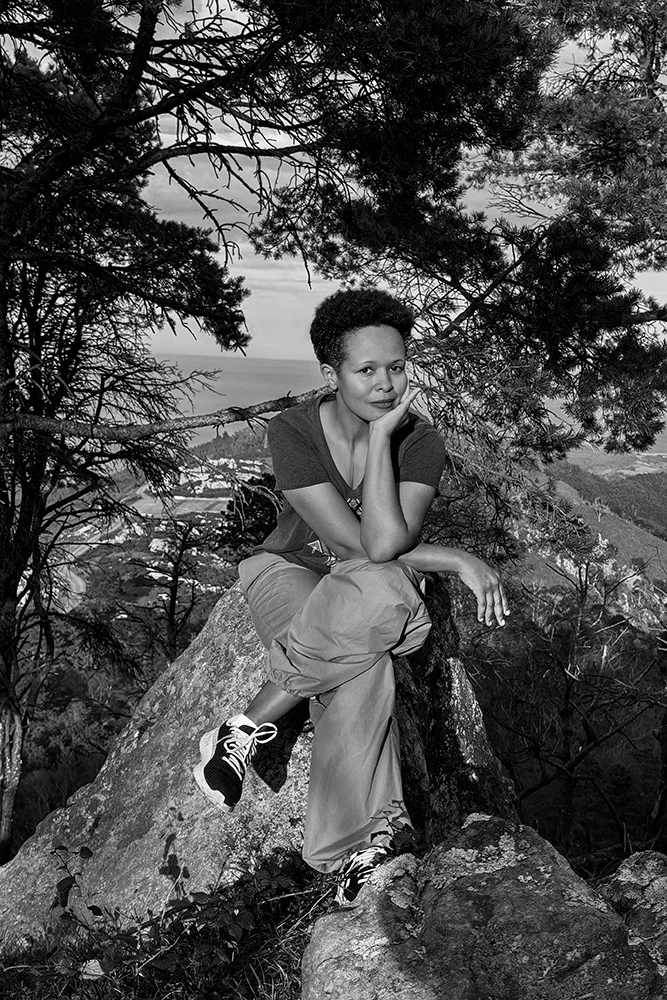Diana Rybakova is a Moscow-based photographer with a degree in legal studies. What began as a hobby gradually turned into a profession. She worked as a reportage and later studio photographer, mainly collaborating with performing artists.
Her artistic perspective was shaped by influences such as Annie Leibovitz and Igor Mukhin. Diana is largely self-taught: she completed courses in classical and contemporary art, video editing, and learned studio photography independently — mostly through YouTube. Her true passion has always been black-and-white, street, and film photography.
The central theme of her personal projects is "invisible people and invisible problems" — portraits of alternative subcultures and documentary series with a historical focus. She explores how a single photograph can become a "portrait of an era," an "uncomfortable truth," a "forgotten story," or even evidence of why the present turned out the way it did. The past becomes a blurred dream — elusive, uncertain, and open to doubt and manipulation.
These ideas formed the basis of her project Insomnia.
In recent years, Diana has been living in Spain.
Awarded Photographer of the Week - Week 30, 2025
